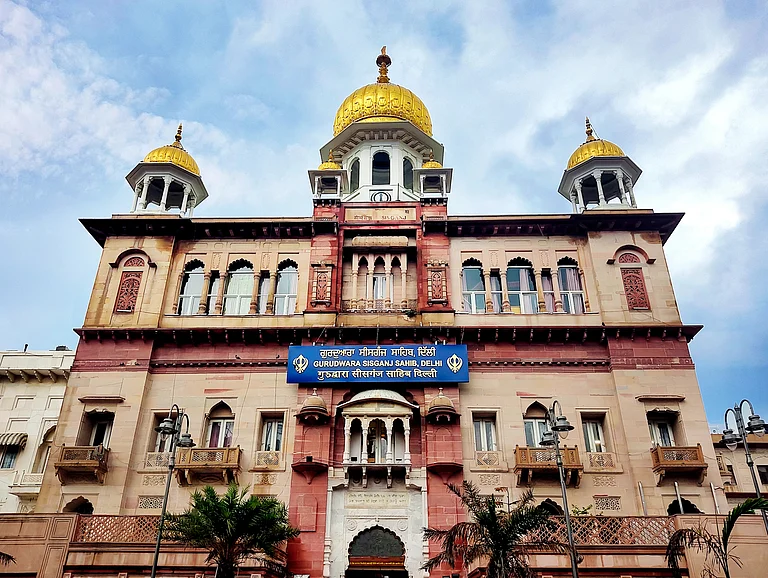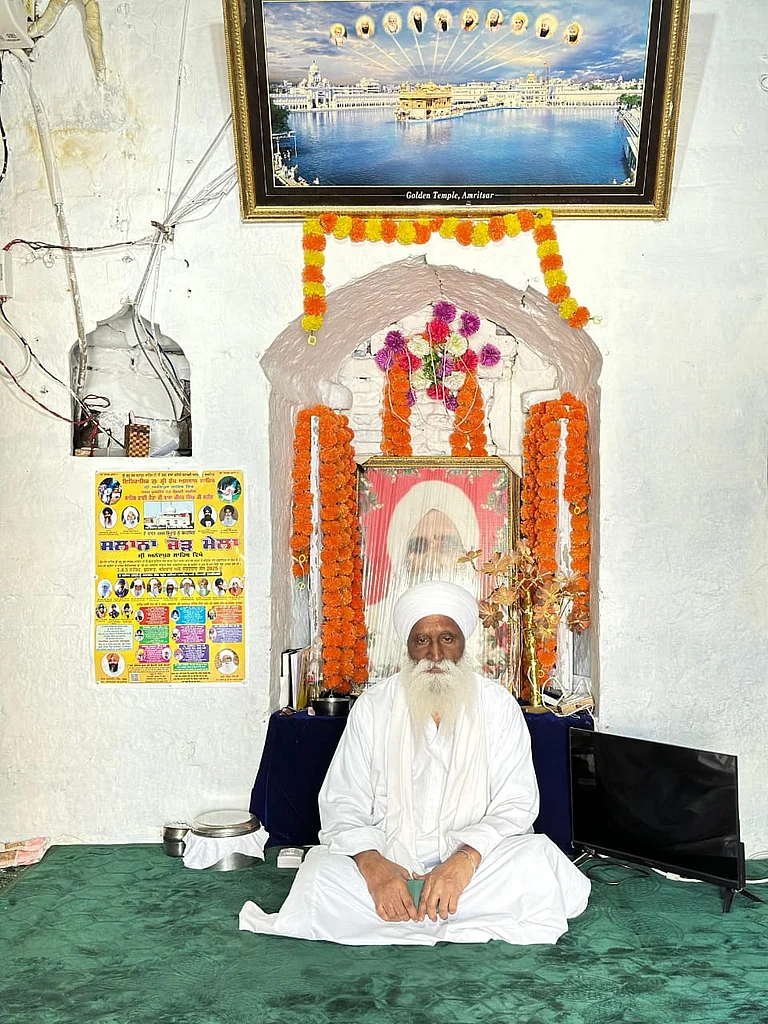Tihar, also known as Deepawali or Yama Panchak, is one of the most vibrant and important festivals celebrated by Hindus in Nepal and by the Nepali community in parts of India. This five-day festival holds a special place in the hearts of Nepali people. While it shares its essence with Diwali in India, Tihar is unique for its customs and traditions. It highlights a deep respect for nature, animals, and the close bond between humans and their surroundings.
Tihar Diwali 2025: Date and timing
Day 1 - Kag Tihar: October 19, 2025 (Sunday)
Day 2 - Kukur Tihar: October 20, 2025 (Monday)
Day 3 - Gai Tihar: October 21, 2025 (Tuesday)
Day 4 - Goru Tihar: October 22, 2025 (Wednesday)
Day 5 - Bhai Tika, October 23, 2025 (Thursday).
Rituals of Tihar
Tihar is celebrated for five days in Nepal during Diwali, which is related to unique rituals that involve animals, deities, and family members:
Kaag Tihar (Crow Tihar)

The first day is dedicated to Kaag, or Crow, considered the messengers of death, or Yama in Hindu mythology. People genuinely believe that offering food to the crows can protect their homes from negative energy. In the morning, the households prepare food offerings like grain, rice, or sweets, placing them on the rooftop or in open spaces for the crows. It is believed that the cawing of crows is considered acceptance of food, prevents ill omens, and brings good fortune and blessings of Yama.
Kukur Tihar (Dog Tihar)

The second day is celebrated as Kukur Tihar, and it is dedicated to the dogs who are considered faithful companions. Dogs are worshipped on this day, and the day is celebrated with great enthusiasm in Nepal. People decorate their dogs with flower garlands and a tika on their forehead. People offer them delicious foods and treats. This day acknowledges the role played by dogs; they are believed to be the guardians of the afterlife and are appreciated for guarding homes and their loyalty to humans. Kukur Tihar is a day celebrating the bond between humans and four-legged faithful friends.
Gai Tihar and Lakshmi Pooja

The third day is special as it celebrates both Gau Mata and Lakshmi Mata. In Hinduism, the cow is regarded as a sacred animal and represents the earth. People worship cows, adorned with garlands, and apply tika on their foreheads. They also feed them special meals to seek their blessings.
In the evening, people worship Mata Lakshmi, light diyas, and decorate homes; they make rangolis and pray for good health and wealth. Women and children participate in Deusi Bhailo, a traditional practice where they visit homes singing songs in exchange for gifts and blessings.
Goru Tihar and Govardhan Pooja

The fourth day is celebrated as Govardhan puja and Goru Tihar, where people worship oxen, considered the backbone of farming in Nepal. They are given tika and garlands, and special foods are offered to them as a gesture of gratitude. In some regions, Govardhan, a representation of the Govardhan Mountain (from the legend of Lord Krishna), is worshipped using cow dung.
Bhai Tika or Bhai Dooj

The final and most important day is Bhai Tika, which celebrates the powerful bond between brothers and sisters. On this day, sisters apply a special "Saptarangi Tika" (seven-colored tika) on their brothers' foreheads. This unique tika is believed to protect them from death and ensure their long life. They also place a garland of makhamali flowers (Globe Amaranth) around their brother's neck, a flower that never wilts, symbolizing an everlasting bond. In return, brothers offer gifts and pledge to protect their sisters. The day concludes with a grand family feast, celebrating the love and togetherness that the festival embodies.
How Tihar Differs from Indian Diwali
While both are festivals of lights celebrating the victory of good over evil, Tihar has distinct traditions that set it apart from Diwali celebrated in India:
Focus on Nature and Animals: Tihar is unique for its five-day structure dedicated to worshipping crows, dogs, cows, and oxen, honoring the deep connection between humans and nature.
Worship of Yama: Tihar is also known as "Yama Panchak" because it is dedicated to Yama, the God of Death, and his sister, Yamuna. The primary legend revolves around their story, unlike the celebration of Lord Rama's return in North India.
The Saptarangi Tika: The seven-colored tika used in Bhai Tika is a specific Nepali tradition not found in the Indian Bhai Dooj.
Deusi Bhailo Tradition: This practice of community caroling is a cultural centerpiece of Tihar and is not a part of mainstream Diwali celebrations elsewhere.
Importance of Tihar in Nepal (History and Significance)

While the whole world celebrates Lord Ram’s arrival in Ayodhya (India), Nepal focuses on the Tihar festival, which defines loyalty, love, and thankfulness towards animals (cows, crows, oxen, and dogs). People enjoy this festival by worshipping the animals and feeding them to seek their blessings. It is believed that Tihar dates back to the agrarian societies of Nepal, where the bond between humans and animals played a crucial role in survival.
Legends related to this festival
The festival celebrates Bhai Tikka on the fifth day, symbolizing Yamaraj, who granted his sister Yamuna the gift of immortality through love and prayers. Also, the Nepali communities during the Tihar festival worship goddess Lakshmi for health and prosperity, reflecting the deep cultural significance of prosperity and family well-being.
Significance of Tihar
The festival holds a significant place for the Nepalese Hindu communities as each day of Tihar is dedicated to a different element of nature, like crows, dogs, cows, oxen, and humans. This showcases the deep respect for animals and nature, recognizing their roles in everyday life. During the Tihar festival, they light their homes and streets with diyas and make rangoli to welcome the goddess of wealth. The festival also celebrates sibling bonds. While primarily a Hindu festival, Tihar is celebrated across Nepal by people of different faiths, including Buddhists. It fosters a sense of unity and shared culture in the country.
Tihar Diwali is more than a festival of lights; it's a celebration of life, nature, animals, and familial bonds. Through the worship of crows, dogs, cows, and oxen, it honours the relationship between humans and animals. The festival fosters a deep connection between nature and spirituality, ultimately focusing on family and the prosperity brought by goddess Lakshmi. Whether through Deusi Bhailo songs or Bhai Tika rituals, Tihar strengthens community bonds and reminds people of the importance of harmony with their environment.



























